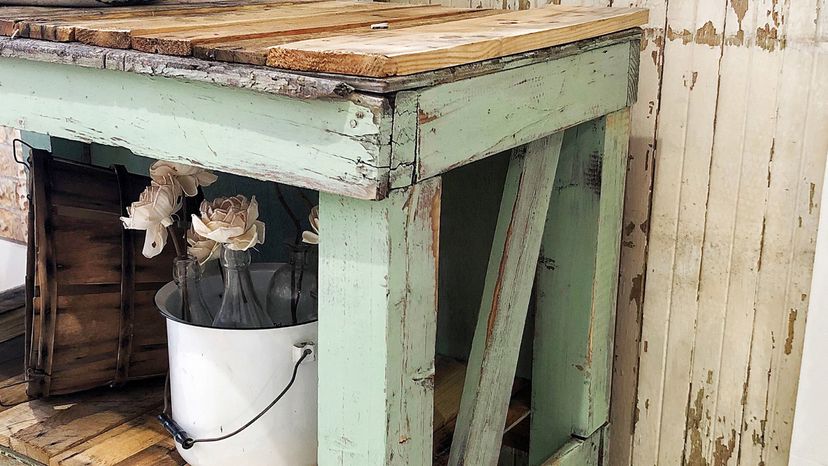
A few years ago, Eva Bowker accepted a kitchen renovation project on short notice. Not sure if she would be able to finish redoing the cabinets on time, she went searching for a paint that would dry extremely fast. That's when she came across milk paint, an eco-friendly powder that's made from 100 percent natural ingredients and then mixed with water to create liquid paint. The best part? Milk paint dries in less than 30 minutes, compared with the 24 hours needed for oil-based paints. The result? It saved Bowker's project.
"One of the best things about milk paint is the fact that it doesn't require priming or sanding before application," says Bowker, a home-improvement coordinator for Fantastic Handyman Australia, in an email interview. "This makes the whole process a lot easier and saves you a ton of time. However, the main reason why milk paint is better than other types of paints is that it is nontoxic and almost fume-free, and it's made of simple ingredients."
Advertisement

